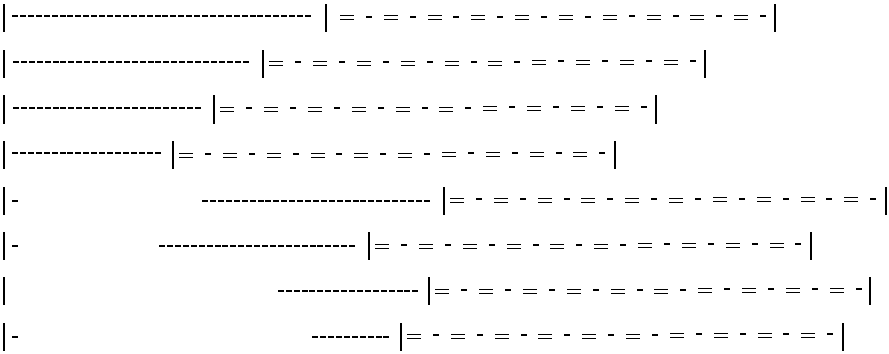Chimeric DNA-binding proteins
a technology of chimeric dna and proteins, applied in the field of chimeric dna-binding proteins, can solve the problems of insufficient achievement, ineffective or possible strategy with some dna-binding domains,
- Summary
- Abstract
- Description
- Claims
- Application Information
AI Technical Summary
Benefits of technology
Problems solved by technology
Method used
Image
Examples
example 1
Computer Modeling
[0141]Computer modeling studies (PROTEUS and MOGLI) were used to visualize how zinc fingers might be fused to the Oct-1 homeodomain. The known crystal structures of the Zif268-DNA (Pavletich and Pabo, Science 252:809 (1991)) and Oct-1-DNA (Klemm, et al., Cell 77:21 (1994)) complexes were aligned by superimposing phosphates of the double helices in several different orientations. This study yielded two arrangements which appeared to be suitable for use in a chimeric protein.
[0142]Each model was constructed by juxtaposing portions of two different crystallographically determined protein-DNA complexes. Models were initially prepared by superimposing phosphates of the double helices in various registers and were analyzed to see how the polypeptide chains might, be connected. Superimposing sets of phosphates typically gave root mean squared distances of 0.5-1.5 Å between corresponding atoms. These distance gave some perspective on the error limits involved in modeling, a...
example 2
Construction of a Chimeric Protein
[0145]The design strategy was tested by construction of a chimeric protein, ZFHD1, that contained fingers 1 and 2 of Zif268, a glycine-glycine-arginine-arginine linker, and the Oct-1 homeodomain (FIG. 1A). A fragment encoding Zif268 residues 333-390 (Christy et al., Proc. Natl. Acad. Sci. USA 85:7857 (1988)), two glycines and the Oct-1 residues 378-439 (Sturm et al., Genes &Development 2:1582 (1988)) was generated by polymerase chain reaction, confirmed by dideoxysequencing, and cloned into the BamHI site of pGEX2T (Pharmacia) to generate an in-frame fusion to glutathione S-transferase (GST). The GST-ZFHD1 protein was expressed by standard methods (Ausubel et al., Eds., CURRENT PROTOCOLS IN MOLECULAR BIOLOGY (John Wiley & Sons, New York, 1994), purified on Glutathione Sepharose 4B (Pharmacia) according to the manufacturer's protocol, and stored at −80° C. in 50 mM Tris pH 8.0, 100 mM KCl, and 10% glycerol. Protein concentration was estimated by dens...
example 3
Consensus Binding Sequences
[0146]The probe used for random binding site selection contained the sequence 5′-GGCTGAGTCTGAACGGATCCN25CCTCGAGACTGAGCGTCG-3′ (SEQ ID NO.: 22). Four rounds of selection were performed as described in Pomerantz and Sharp, Biochemistry 33:10851 (1994), except that 100 ng poly[d(I-C)] / poly[d(I-C)] and 0.025% Nonidet P-40 were included in the binding reaction. Selections used 5 ng randomized DNA in the first round and approximately 1 ng in subsequent rounds. Binding reactions contained 6.4 ng of GST-ZFHD1 in round 1, 1.6 ng in round 2, 0.4 ng in round 3 and 0.1 ng in round 4.
[0147]After four rounds of selection, 16 sites were cloned and sequenced (SEQ ID NOS.: 1-16, FIG. 1B). Comparing these sequences revealed the consensus binding site 5′-TAATTANGGGNG-3′ (SEQ ID NO.: 17). The 5′ half of this consensus, TAATTA, resembled a canonical homeodomain binding site TAATNN (Laughon, (1991)), and matched the site (TAATNA) that is preferred by the Oct-1 homeodomain in th...
PUM
| Property | Measurement | Unit |
|---|---|---|
| dissociation constant | aaaaa | aaaaa |
| dissociation constant | aaaaa | aaaaa |
| dissociation constant | aaaaa | aaaaa |
Abstract
Description
Claims
Application Information
 Login to View More
Login to View More - R&D
- Intellectual Property
- Life Sciences
- Materials
- Tech Scout
- Unparalleled Data Quality
- Higher Quality Content
- 60% Fewer Hallucinations
Browse by: Latest US Patents, China's latest patents, Technical Efficacy Thesaurus, Application Domain, Technology Topic, Popular Technical Reports.
© 2025 PatSnap. All rights reserved.Legal|Privacy policy|Modern Slavery Act Transparency Statement|Sitemap|About US| Contact US: help@patsnap.com



